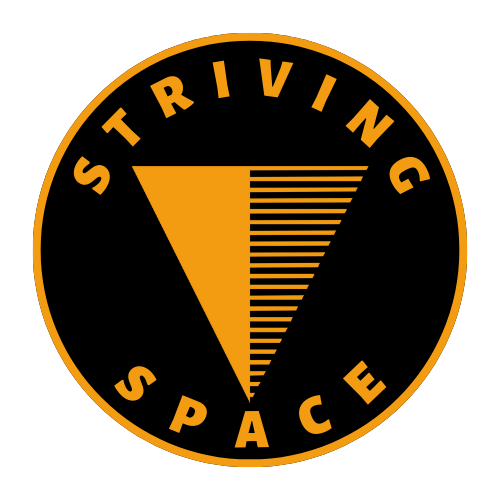Artificial intelligence (AI) is one of the most transformative technologies of our time. It has the potential to revolutionize many aspects of our lives, from the way we work to the way we interact with the world around us. AI has the potential to solve some of the world’s most pressing problems. For example, AI can be used to develop new medical treatments, create more efficient transportation systems, and reduce our reliance on fossil fuels.
On the one hand, AI also poses some potential dangers. For example, AI could be used to develop autonomous weapons systems that could kill without human intervention. AI could also be used to create surveillance systems that could track our every move.
But is AI, Superhero or Supervillain?

Okay, let’s address the elephant in the room. Is AI all sunshine and rainbows? Well, not exactly. It depends on how it’s used. Just like superheroes can be misunderstood (think of Spider-Man), AI can be misused too. But when used for good, AI is a game-changer.
- Data Privacy: Sometimes, AI collects lots of data about you. Companies need to be careful and responsible with this info to protect your privacy. You wouldn’t want a nosy neighbor peering through your window, right?
- Accuracy: AI isn’t perfect. It can make mistakes. But companies are working to make AI better, smarter, and more accurate. Think of it as a superhero in training.
So, is AI a superhero or a supervillain? The answer depends on how we use it.
AI as a Superhero
Here are some examples of how AI can be used as a superhero:
- Develop new medical treatments: AI can be used to analyze large datasets of medical data to identify patterns that humans may not be able to see. This information can be used to develop new drugs and treatments for diseases.
- Create more efficient transportation systems: AI can be used to optimize traffic flow, reduce congestion, and improve public transportation. This can lead to shorter commute times and reduced emissions.
- Reduce our reliance on fossil fuels: AI can be used to develop new renewable energy sources and improve the efficiency of existing energy systems. This can help us to reduce our reliance on fossil fuels and combat climate change.
- Improve education: AI can be used to personalize learning and provide students with the support they need to succeed. This can lead to improved educational outcomes for all students.
- Assist people with disabilities: AI can be used to develop assistive technologies that can help people with disabilities to live more independent and fulfilling lives. For example, AI-powered screen readers can help blind people to access information on the internet.
AI as a Supervillain
Here are some examples of how AI could be used as a supervillain:
- Develop autonomous weapons systems: Autonomous weapons systems are weapons that can select and engage targets without human intervention. AI could be used to develop autonomous weapons systems that could kill without human oversight.
- Create surveillance systems: AI could be used to create surveillance systems that could track our every move. This information could be used to control us or to target us with advertising.
- Disrupt the job market: AI could automate many jobs, which could lead to widespread unemployment.
- Create new forms of inequality: AI could be used to create new forms of inequality, such as between those who have access to AI and those who do not.
So, is AI a superhero or a supervillain? The answer depends on how we use it. AI has the potential to solve some of the world’s most pressing problems, but it also poses some potential dangers. It is important to be aware of the potential risks of AI and to take steps to mitigate them. We need to develop ethical guidelines for the development and use of AI. We also need to ensure that everyone has access to the benefits of AI.
Credit images: Xu Haiwei Unsplash












